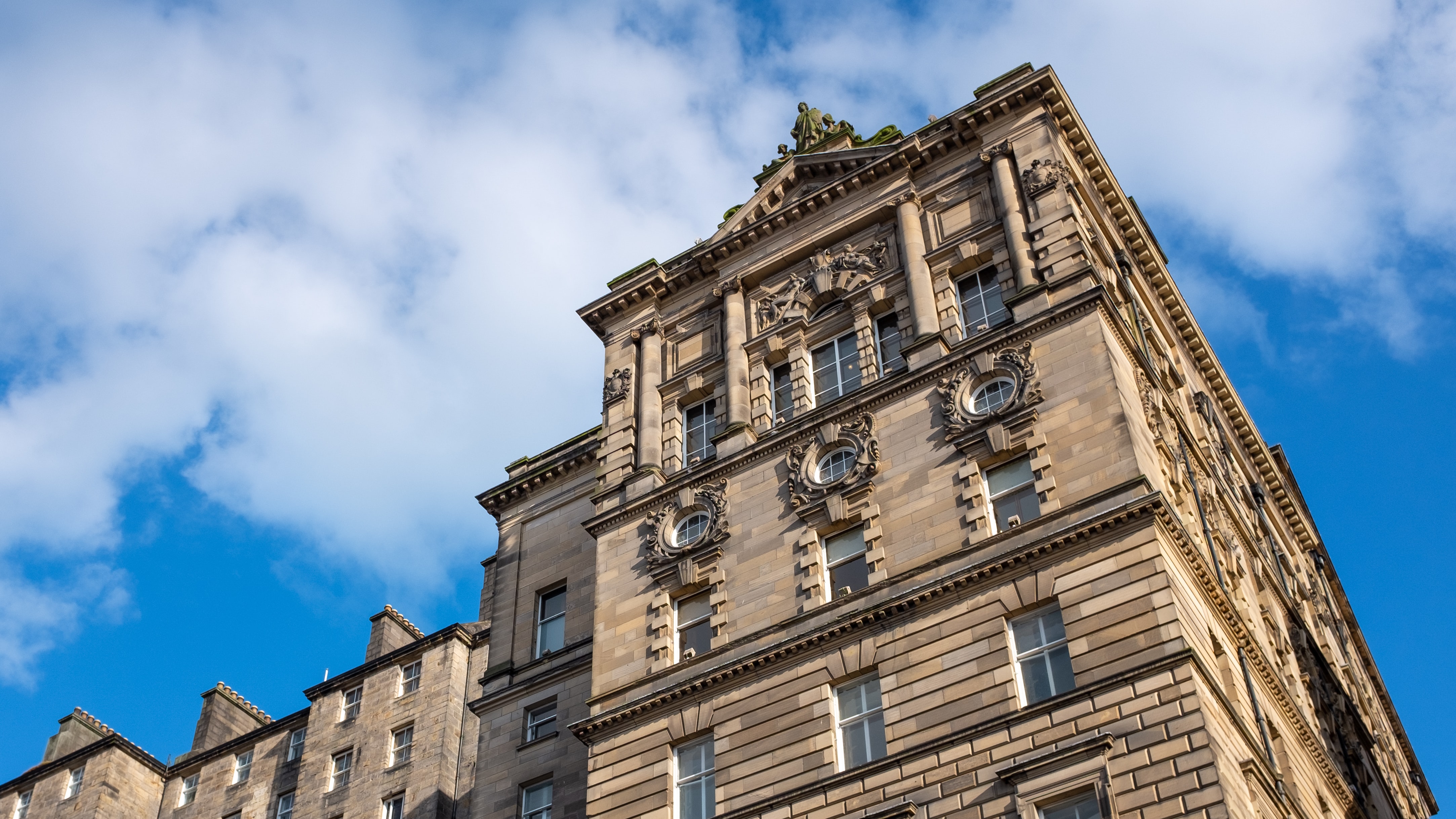
How Historic Buildings Become ADA Compliant
Historic buildings face an interesting challenge of becoming ADA compliant when their original builders did not consider accommodating individuals with disabilities or mobility devices. As society has begun to seek ways to become more inclusive, this has extended to historic buildings in order to ensure that every visitor has the chance to experience the sites, landscapes, and buildings.
To become ADA compliant, historic buildings must find ways to provide both exterior and interior access to their building and surrounding property. While ADA standards are more flexible when working with historic buildings, compliance still needs to be sought. A number of resources are available for historic preservation that also focuses on ADA accessibility and inclusivity.
3 Steps to Planning ADA Compliant Historic Building Modifications
1. Analyze the historical significance of the property and the important, character-defining features
2. Evaluate the property’s level of accessibility
3. Determine the accessibility solutions available to meet ADA standards while also preserving the historically significant property
Historic Building Accessibility Solutions
For historic buildings, accessibility must exist without compromising the historical significance. To become accessible, the buildings must be evaluated from their entrances to amenities to interiors. Moreover, while the buildings may meet certain ADA standards, they must also lineup with state or local requirements as well.
Accessible Parking and Route to the Property
The first point of access for the public and visitors to a historic location is the parking lot. For individuals with disabilities, it’s crucial that there are accessible parking spaces with an immediately accessible route to the property. The route needs to demonstrate surface texture and a width that serves pedestrians with disabilities or mobility devices.
Historic Building Entrances
In many cases, historic buildings have much smaller entrances and rooms than modern-day homes and buildings. The main entrance to the historic building should accommodate all visitors, including individuals with disabilities. A separate or back entrance should be avoided. Barriers to building entrance tend to be stairs, thresholds, and landings. The best solutions for entrance problems include incorporating ramps, chair lifts, and modifying the already existing doors.
Quick Tricks for Historic Building Accessibility
- Designated accessible parking spaces
- Installing ramps and curb cuts
- Rearranging rooms and furniture
- Installing offset hinges to widen doorways
- Add flashing alarm lights
- Incorporating grab bars in toilet stalls
- Repositioning the paper towels
Build a New Addition for Historic Building Accessibility
In some situations, a historic building cannot be modified adequately to serve everyone so a solution could be to design an addition that incorporates the modern ADA-compliant amenities. The tricky part of an addition is that it must also fit the historic architecture of the older building. The addition should not overwhelm or draw away from the historic building itself.
Codes and Standards for Accessibility
To help public locations become accessible in every way, the US Access Board created a number of accessibility guidelines. These mandatory rules help to establish a baseline for historic and new buildings.
- Americans with Disabilities Act (ADA)
- ADA Accessibility Guidelines for Buildings and Facilities (ADAAG Section 4)
- Architectural Barriers Act (ABA)
- Accessibility Guidelines and Standards
- Fair Housing Amendments Act of 1988 (FHA)
- Rehabilitation Act of 1973, Section 504 & Section 508
- U.S. General Services Administration (GSA) Architectural Barriers Act Accessibility Standard (ABAAS)—Contains accessibility scoping and technical requirements implementing the Architectural Barriers Act of 1968.
When deciding how to make a historic building ADA compliant, it’s very important that the standards, rules, and regulations be carefully considered. This work will require time and careful planning, and that means it should be done correctly the first time.
At StrongGo, we work every day to make the world a little bit more accessible by designing and developing durable and reliable TekWay detectable dome tiles that fit every architectural project. Speak with an industry expert today by emailing csd@stronggo.com.


